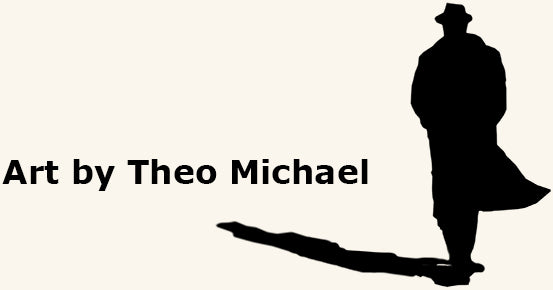Mediterranean Door Paintings to fall in love with
A large number of buildings in Greece and the surrounding islands are painted blue and white. These can often be seen in photographs or postcards. Many believe that the colours are taken from the flag. But the flag as it presently exists was adopted in the late 70’s after going through many changes throughout previous centuries. To revolt against the ruling class Greeks started to use blue in their flag.
The blue also originated from a cleaning agent called Loulaki. It is a sort of talcum powder. This blue powder was found across every home in Greece. The mixture of Loulaki powder with lime produces the bright blue colour that we often see in Greek homes today.

But, it is fair to say that blue is a significant colour for the Greeks as it reflects the colour of the seas and skies in their everyday life. The widespread use also emanates from an ancient belief that the sky blue shade of turquoise has the power to keep evil away. It is believed that the radiation of the colour composes an invisible shield which prevents the approach of bad spirits.
Blue is used everywhere in Cyprus, from churches, windows, doors, walls, staircases and fences which according to custom provides protection against evil. Greek Cypriot boy scouts wear a sky blue scarf around the necks for the very same reason.
In the Greek islands the combination of blue and white is also a matter of law. Since 1974 houses have had to be painted white and it is said as a patriotic gesture to represent the colours of the Greek flag. More recently some island authorities have begun to permit some other colours like light ochre, pink, and some other pastel colours.
Blue Doors
The custom of painting doors blue extends way beyond Greece and is common across the entire world. Even today in the provinces of Spain buildings are decorated with blue bands and designs. Also houses in Egypt, in the Arab villages of Israel, and entire villages in Morocco have blue fences, walls or doors.











